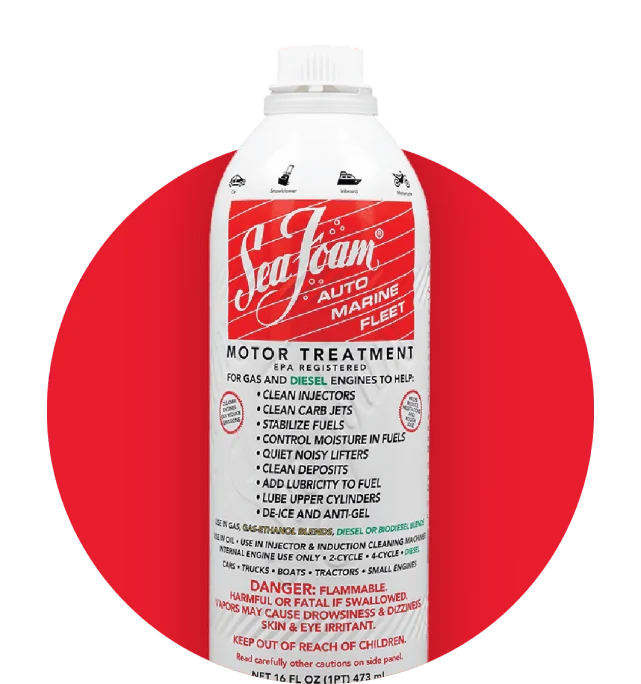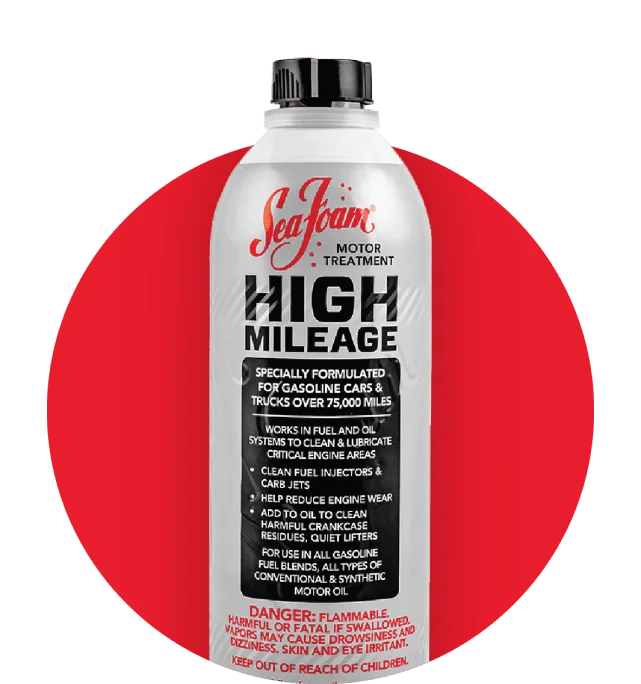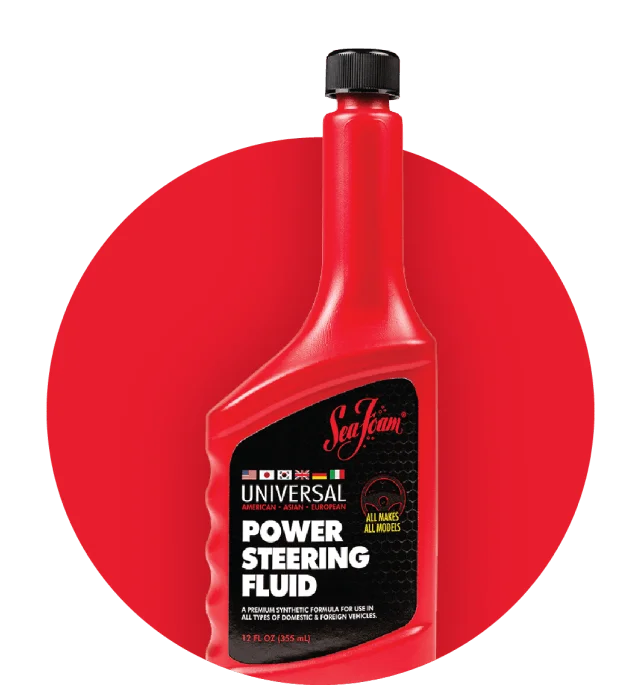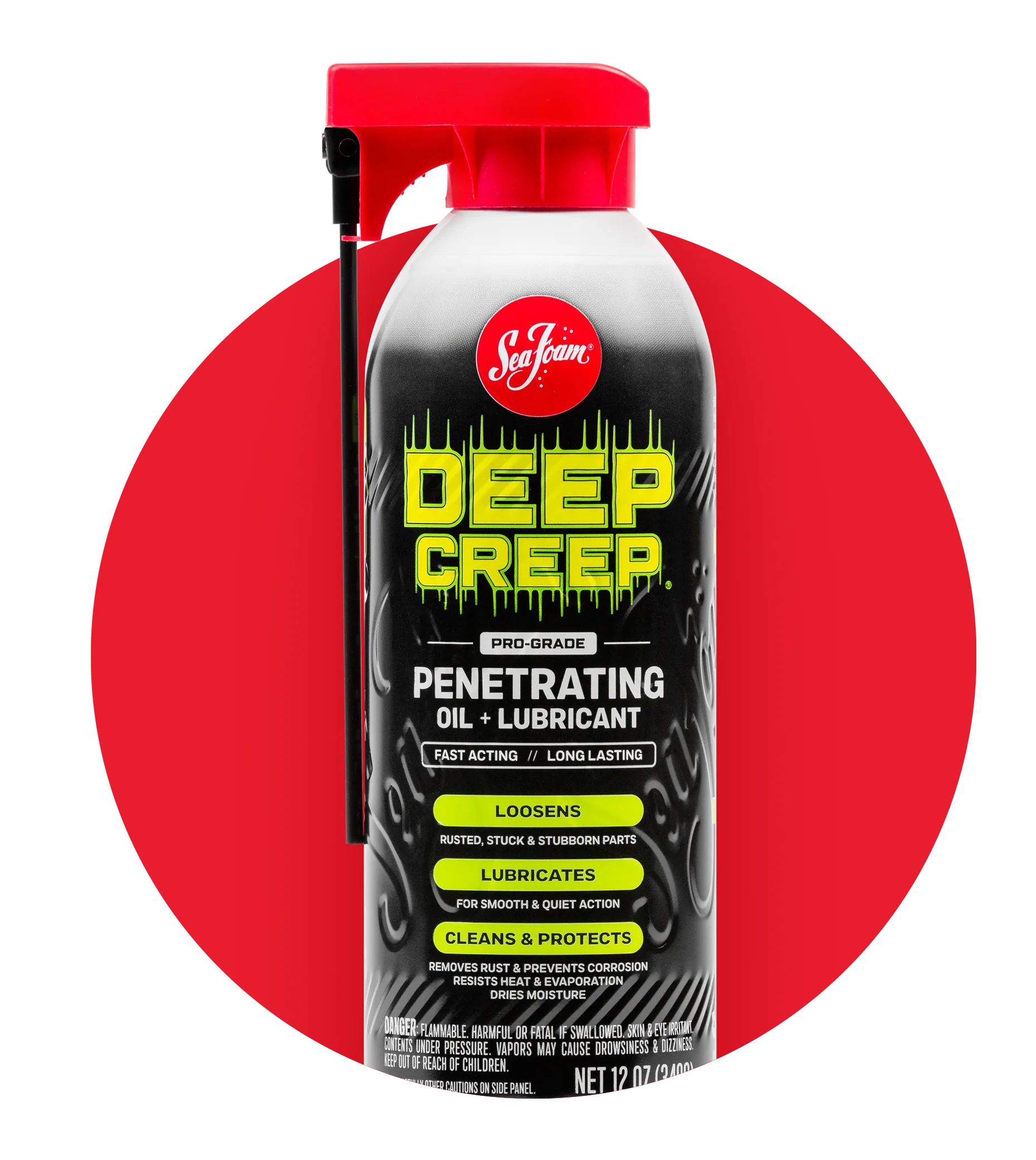TIPS FOR BETTER GAS MILEAGE
It’s common for gas mileage to fall from factory specs as vehicles age, but it’s not inevitable.
With a little attention to preventive maintenance and how you drive, you can maintain and possibly even improve how far you can travel on a tank of gas, lessening the burden on your pocketbook at the pump.
sea foam MOTOR TREATMENT
common causes of lost mpg
Like the human body, an internal combustion engine depends on several different systems working together to run smoothly.
The miles per gallon (MPG) your vehicle can drive might fluctuate for a variety of reasons, from driving habits to engine problems. Here are some common causes.
HOW SEA FOAM HELPS RECOVER LOST MILEAGE
Sea Foam Motor Treatment can help recover lost MPG by cleaning your vehicle’s entire fuel system, including fuel passageways and injectors, and adding lubricity to upper cylinders.
For regular fuel system maintenance, add one ounce of Sea Foam Motor treatment to each gallon of gas. Use the same ratio to stabilize fuel if your vehicle isn’t used regularly.
#seafoamworks
Read Customer ReviewsCollapse Customer Reviews
related
products
For motors of all shapes and sizes.




